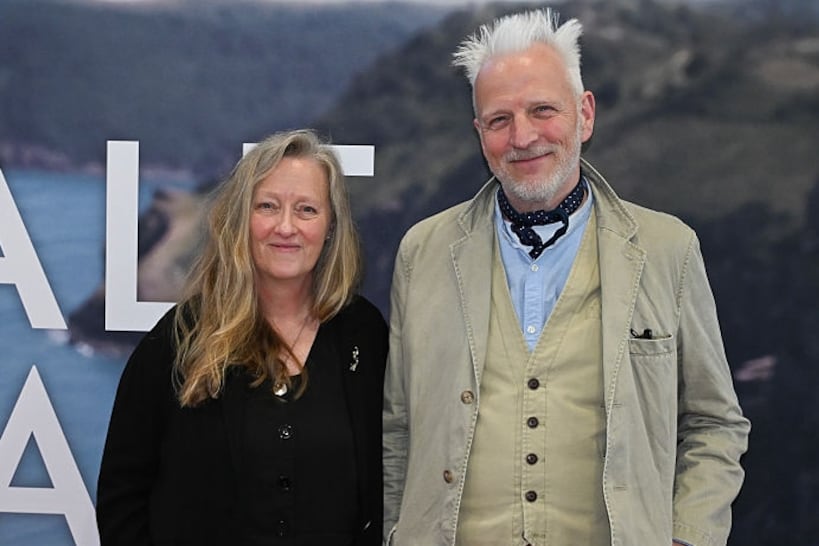Europe is in the throes of its worst outbreak of avian flu. The highly contagious virus has reached Irish shores and is killing wild birds in unprecedented numbers.
Apart from the distressing sight of seabirds falling out of the sky or being found dying or dead in increasingly large numbers around the coastline, there is growing concern outbreaks in commercial flocks of captive birds — notably poultry — are about to escalate.
Highly pathogenic avian influenza (HPAI) with a code name HPAIV A (H5N1), has already taken an enormous toll on wildfowl including geese, plus raptors and seabirds, and internationally important gannet populations.
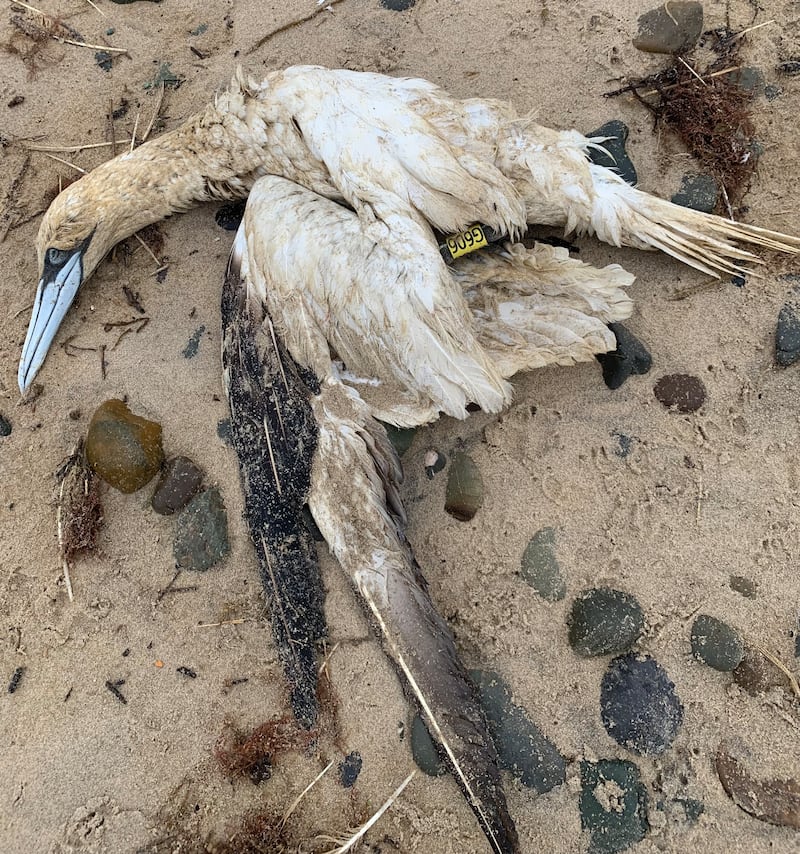
In the past week, HPAI was found in a flock of captive birds in north Dublin, the Department of Agriculture, Food and the Marine has reported — the first outbreak in non-wild birds here since December 2021. A second was confirmed in Co Wicklow on Thursday. These were not in poultry flocks, so extra restrictions were not imposed on local poultry owners.
READ MORE
People are ringing BirdWatch Ireland asking, ‘Is it safe to swim in the sea when dead birds were there?’ or, ‘My dog walked over to the dead birds on the beach. What should I do?’
In Northern Ireland, disease-control measures were introduced last weekend at a Co Down wetland reserve after the virus was found in captive birds nearby — a 3km restriction zone is in place around Castle Espie on the banks of Strangford Lough.
[ Global survey finds 63% of Irish birds are in declineOpens in new window ]
On Monday the UK put in place a nationwide “avian influenza prevention zone”, making it a legal requirement for all bird-keepers to follow strict biosecurity measures. It has had outbreaks in 180 holdings since late October 2021, 57 of which have occurred this month.

Ireland introduced similar measures on September 19th. There have been 61 cases in wild birds confirmed in Ireland over recent months, 60 of which were seabirds. But that is only part of the picture. Millions of commercial birds have had to be culled in Britain, while across Ireland many thousands of seabirds have died, according to Niall Hatch of BirdWatch Ireland (BWI).
Finding dead birds
Meanwhile there is much anecdotal evidence that members of the public are finding dying or dead birds and are not sure what risk there is, or what to do in disposing of them. People are ringing BirdWatch Ireland asking, “Is it safe to swim in the sea when dead birds were there?” or, “My dog walked over to the dead birds on the beach. What should I do?”

Hatch said: “When those safety inquiries go in to the Department of Agriculture, all they come back with on safety is, ‘if poultry is properly cooked it is perfectly safe to eat’” — a wholly inadequate response, he believes, given the broader context and risk of potential infection to poultry.
BirdWatch Ireland is aware of two instances where dying gannets were found in schoolyards with staff unsure what to do, when they could not be left there and little help was provided.
One Dublin-based Irish Times reader found a dead seagull in his housing estate. Worried about avian flu, he rang the Department of Agriculture to be told “it is everywhere throughout bird populations”, so they are not testing for it any more.
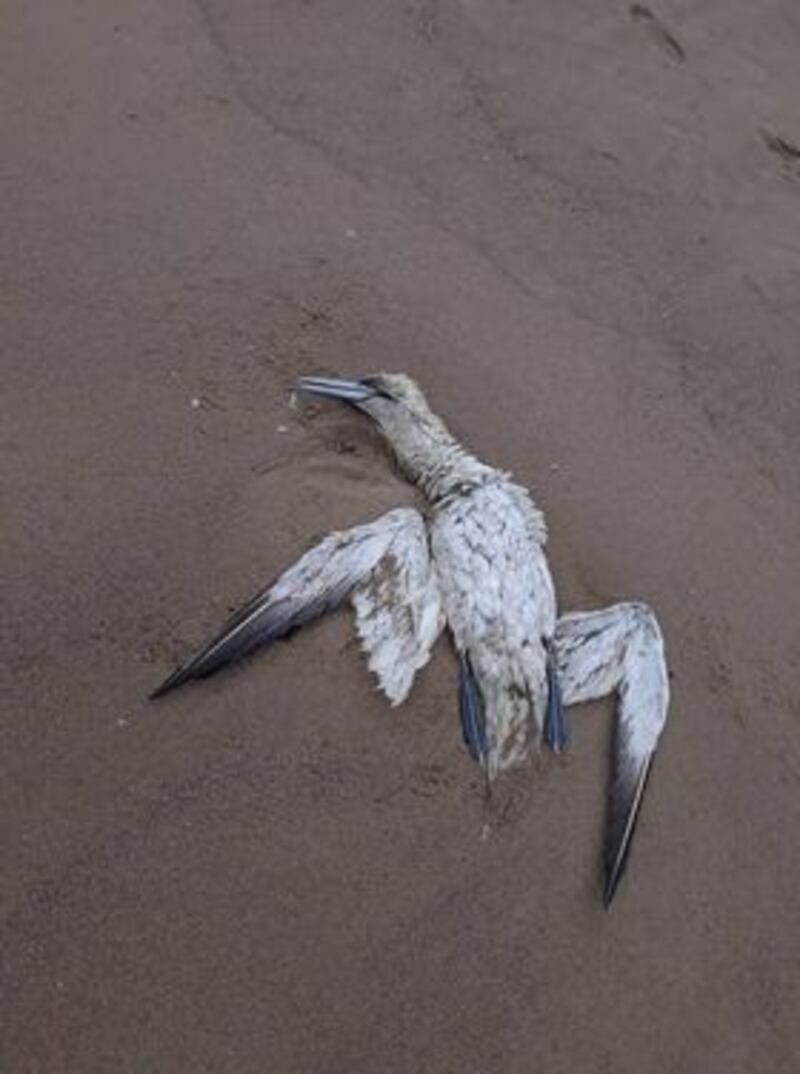
He was told his local council was responsible for dealing with it but the Department of Agriculture also gave instructions on how to dispose the carcass. It has an app for notification purposes with advice — such as don’t touch, keep dogs on a lead, wear disposable gloves and double bag dead birds in plastic.
Avian flu circulates naturally in wild birds and when they migrate from mainland Europe over winter months, they can spread the disease to poultry and other captive birds. The problem is that this year’s cases started earlier than usual, extended into summer, and are still rising.
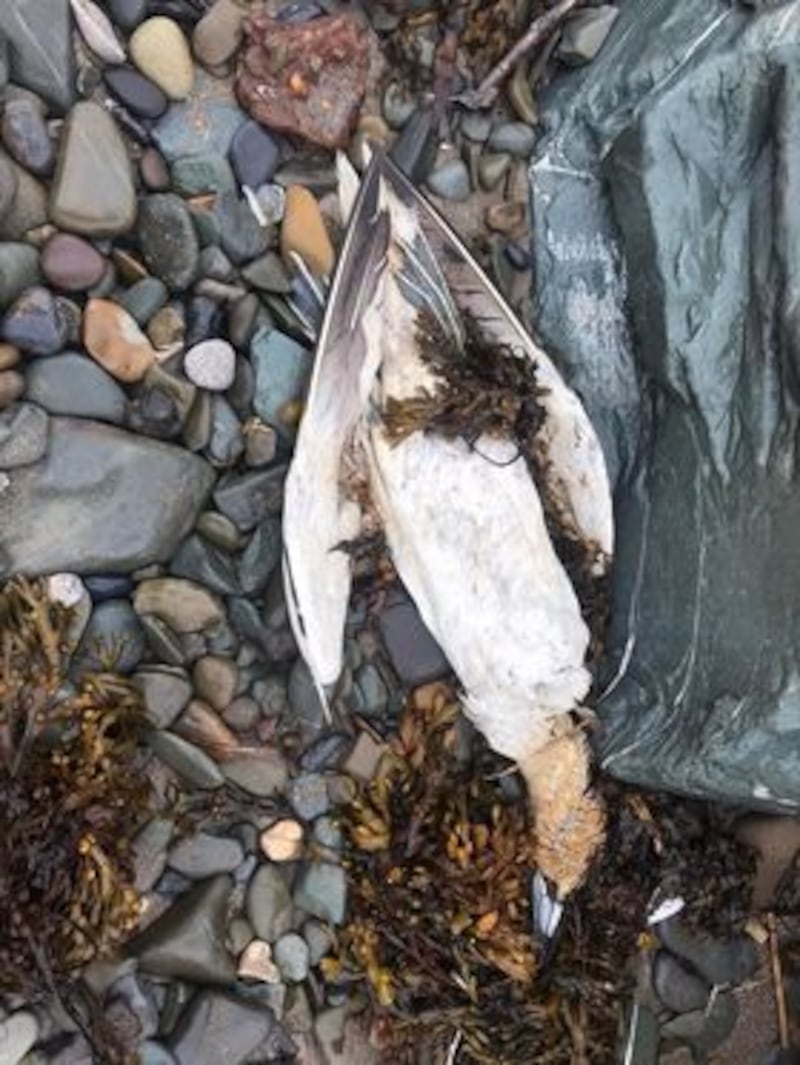
In Ireland, “gannets appear to be the species that has been worst affected, though they are also our largest breeding seabird and are mostly white, so they are more likely to be spotted by people than smaller, more camouflaged seabirds,” Hatch adds.
‘We are witnessing the potential decimation of seabird populations on a scale that has not been seen before in our lifetimes’
Veterinary specialists say weather seems to have affected cases while the virus may be becoming more resilient. After Storm Eunice in February, the virus spread rapidly in pockets of the UK. Fewer harsh winters might be a factor in allowing the virus to replicate and survive better. This could be due to global warming.
‘Potential decimation’
BirdWatch Ireland warned in July: “We are witnessing the potential decimation of seabird populations on a scale that has not been seen before in our lifetimes.” Hatch says his organisation’s view still stands, but that the State response has been “very piecemeal” and cases continue to rise.
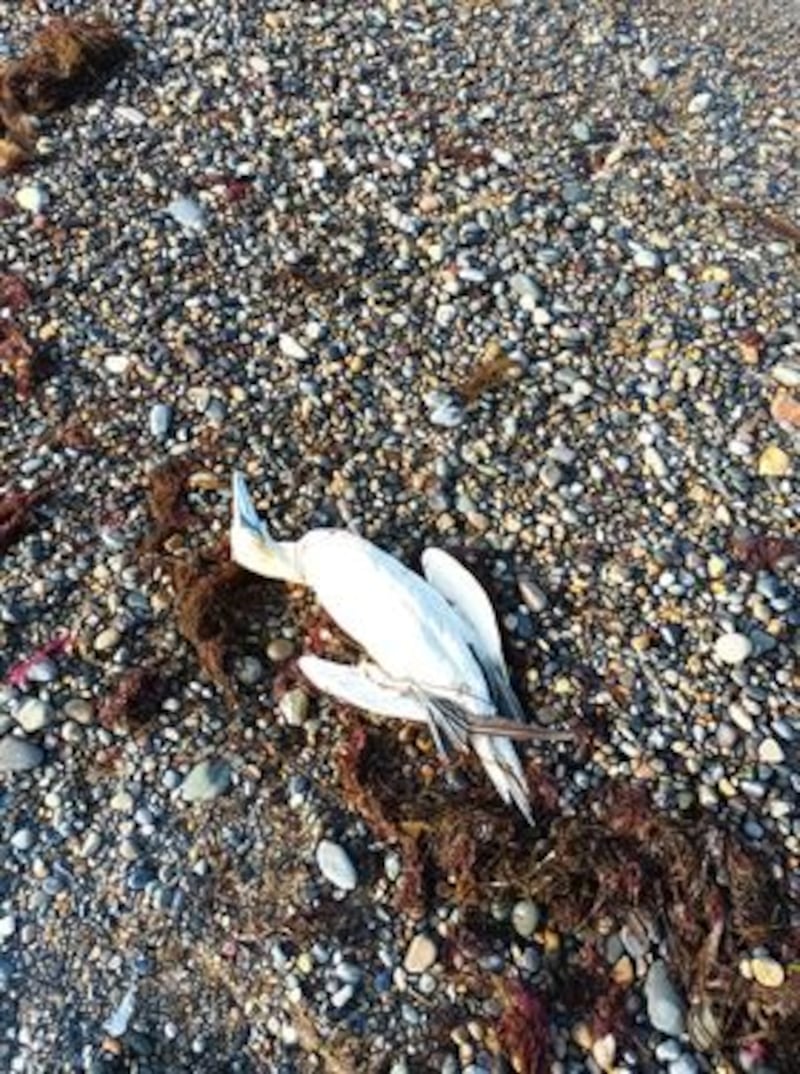
The Department of Agriculture’s deputy chief veterinary officer, Dr June Fanning, says HPAI is highly contagious but that the risk to humans is very low.
The disease, which affects the respiratory, digestive and/or nervous system of birds, can pose a threat to people and other animals in certain circumstances but these types of infections are rare. There have been no human cases recently due to HPAI, according to the European Centre for Disease Prevention and Control.

It poses a low food-safety risk for consumers, so properly cooked poultry and poultry products, including eggs, are safe to eat. That said, wearing PPE and restricting access to flocks is necessary as “people can walk it in”.
If an outbreak arises, Dr Fanning says the flock has to be culled and movement of poultry and poultry products restricted in surrounding areas, with significant trade implications as Ireland trades on its disease-free status.
Ireland had six outbreaks in poultry in the Cavan-Monaghan area during November-December last year but was disease-free by end of January 2022. That was down to buy-in from industry on strict biosecurity and compliance on restrictions, Fanning adds. But she cites the biosecurity maxim: “It’s only as good as its weakest link.”
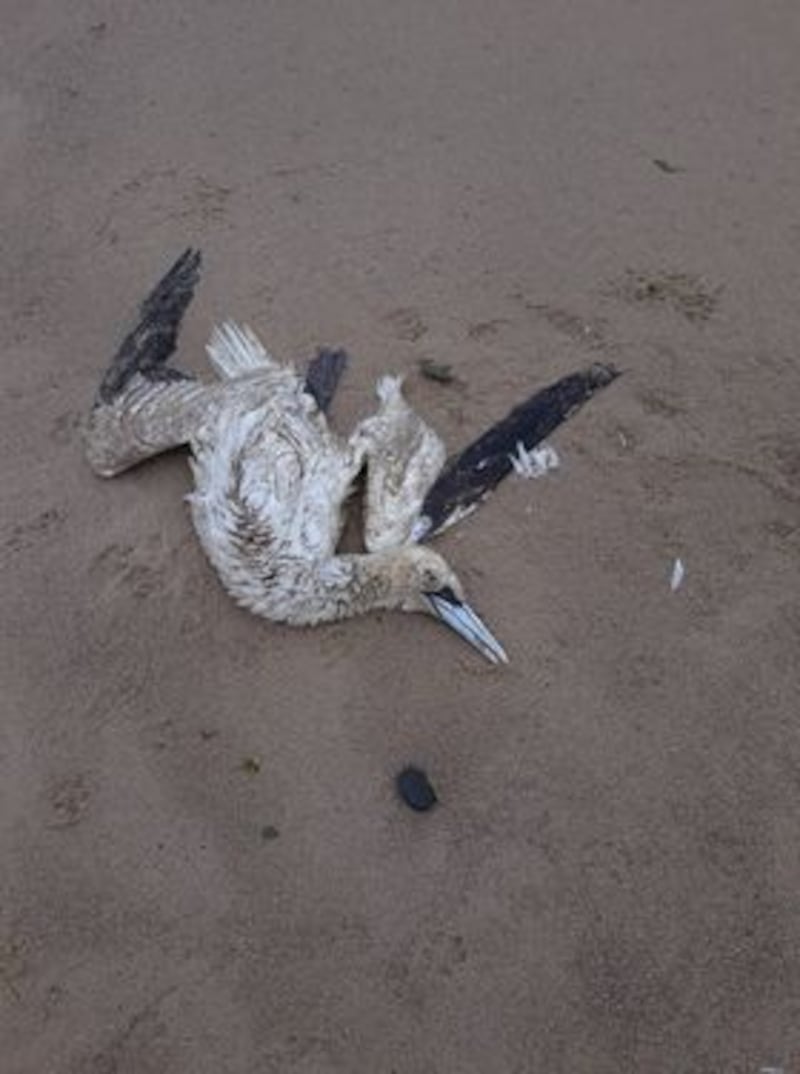
“Industry has been great but it’s concerning that so many cases are occurring in the UK so early in the season,” she says.
While the Department of Agriculture has stopped testing where there is evidence of infection in a particular location, it has continued surveillance in other parts of the country, especially inland, she says.
‘A lottery’
The problem this year for Ireland was cases arose right around the coast very early, she says, when they usually occur as migratory birds arrive from October onwards.
This week BirdWatch Ireland announced an emergency appeal for funds. The voluntary organisation is being inundated with calls from the public ‘in the absence of the State providing a service’
The problem is that the Department of Agriculture’s response has been a sole focus on domestic poultry, Hatch believes. Meanwhile, some local authorities are more proactive in collecting carcasses and advising the public than others. “It shouldn’t be a lottery based on where someone lives. A proper national response is needed.”
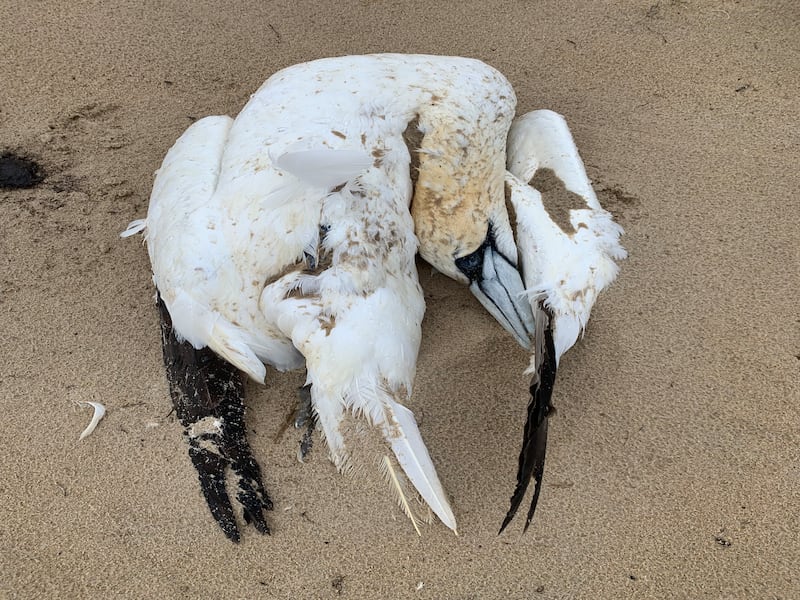
BirdWatch Ireland says it is in the throes of “an unprecedented challenge in dealing with the disastrous effects of HPAI on Irish birds”. This week it announced an emergency appeal for funds. The voluntary organisation is being inundated with calls from the public “in the absence of the State providing a service”.
It is involved in important monitoring work, requiring the mobilisation of many people. That focus is shifting to waterfowl and wading birds on wetlands and lakes in the hope they don’t succumb. Last year, hundreds of brent geese were lost due to an outbreak in Sligo that was not properly monitored in his view.

In addition to monitoring, BirdWatch Ireland plays a critical role in protection. Chief priority in that regard is minding the largest European population of roseate terns on Rockabill island off the coast of Dublin. They are so vulnerable that it requires use of PPE and training volunteers on how best to look after them. Hatch adds: “If it gets into that colony, it will be catastrophic.”
Anyone coming across a dead or sick wild bird is advised to report it to their regional veterinary office or the Department of Agriculture’s disease helpline on (01) 492 8026.



